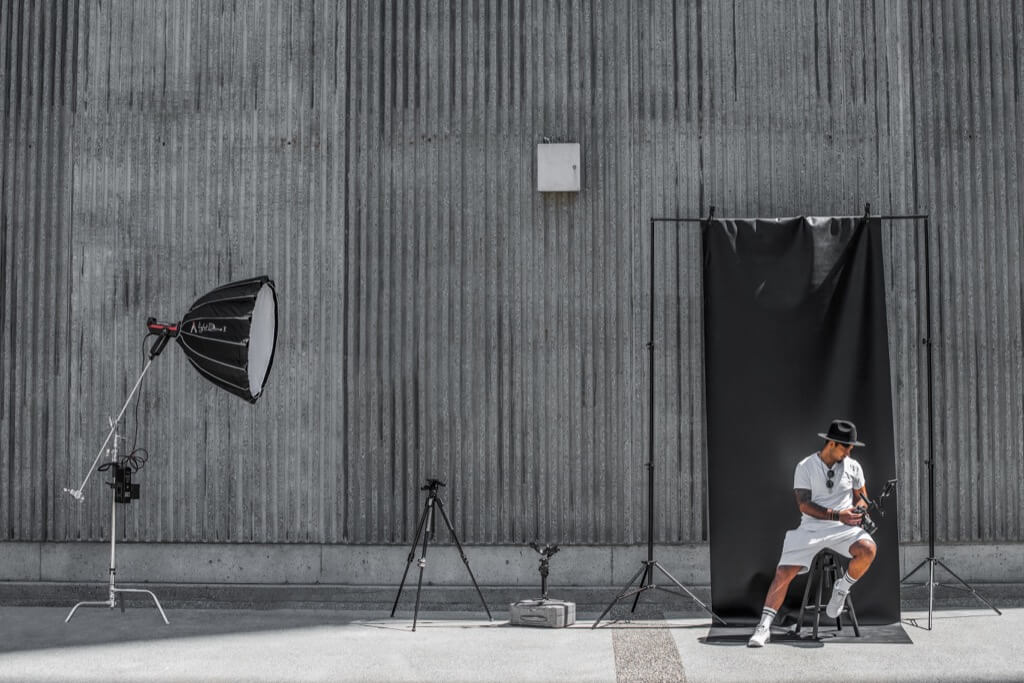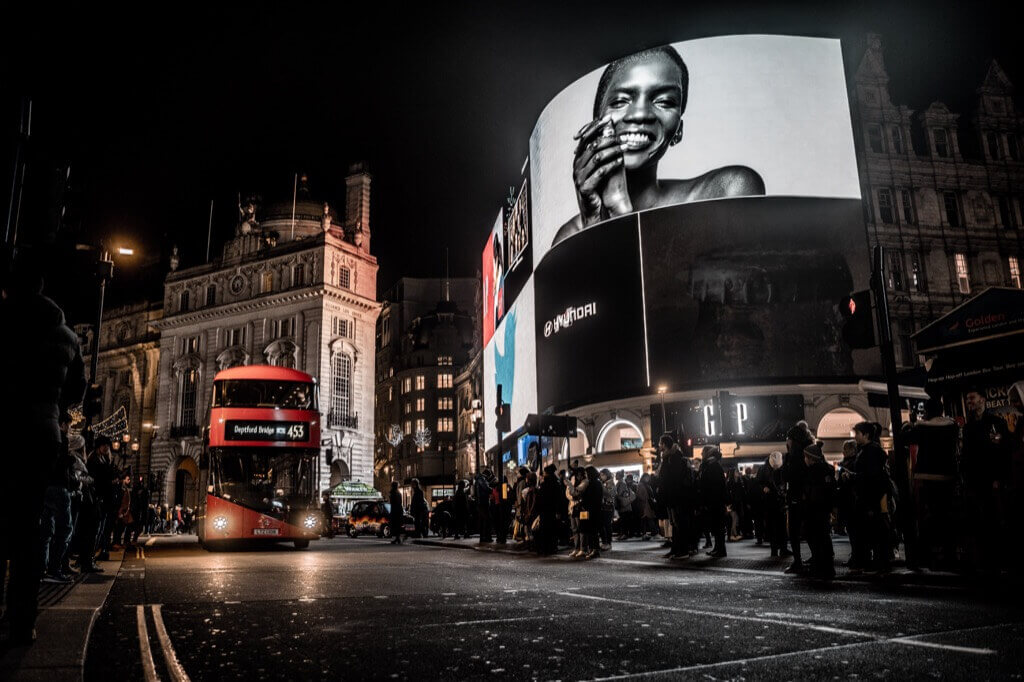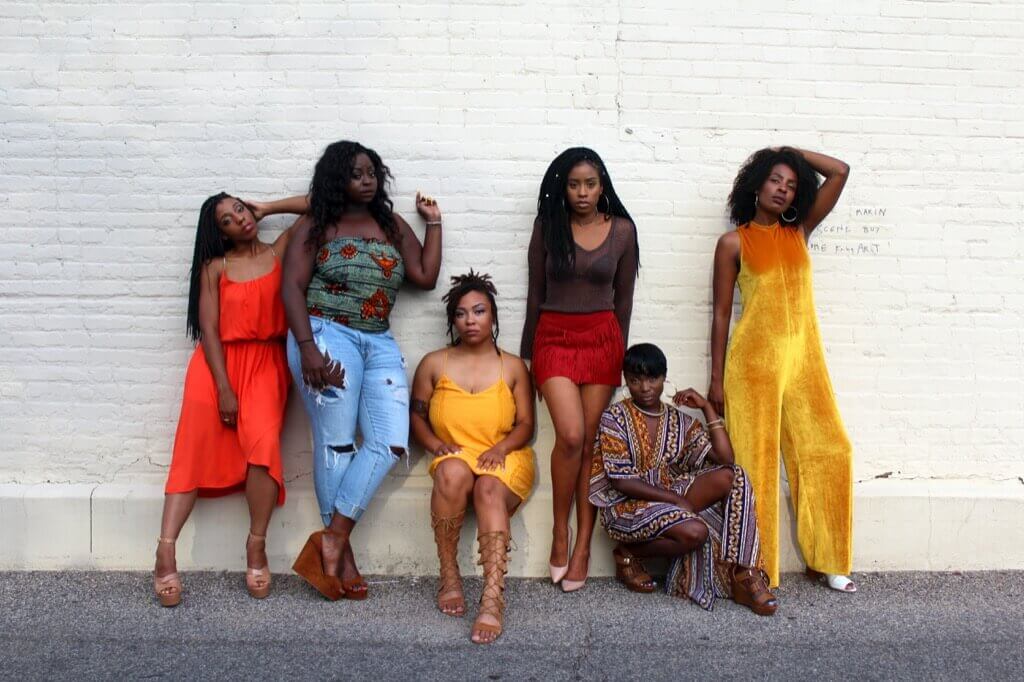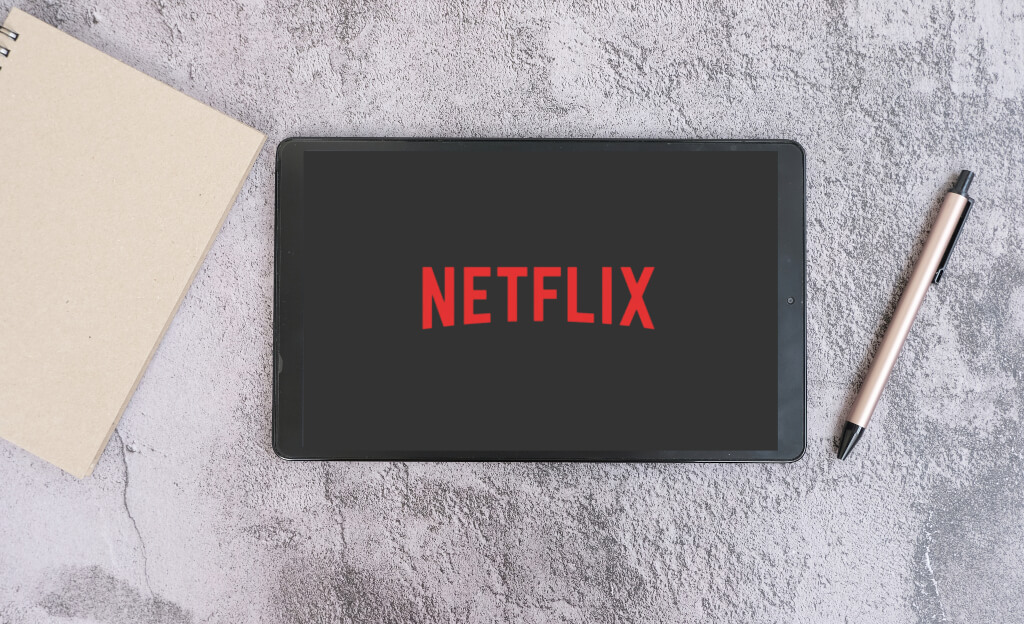It’s crucial to understand the distinctions between stills and television commercial (TVC) production. Though both exist to communicate brand stories and evoke emotion, the approach, execution, and impact vastly differ. This knowledge empowers companies to make informed choices, aligning their advertising strategies with the most suitable medium and maximizing their market resonance.
Understanding the distinction between stills and TVC production becomes even more critical considering the divergent trends and advances each field is currently experiencing. Stills production, for instance, is seeing the rise of innovative image processing techniques like high dynamic range (HDR) photography and augmented reality overlays. TVC production, on the other hand, is being shaped by the increasing utilization of CGI, virtual production, and interactivity in storytelling. Each medium’s uniqueness impacts the way brands strategize their communication, further underlining the importance of understanding the distinction.
The Planning Phase
In stills production, the pre-production phase involves concept development, where the core idea and visual direction are decided. The subsequent storyboard creation guides the sequence of shots, while location scouting identifies suitable backdrops. Talent casting for models and securing production equipment also form essential components of the process. Concept development in stills production isn’t just about creating a visual strategy—it also involves building a narrative that each image can subtly convey. Furthermore, with the surge in digital platforms, storyboarding often requires planning for multiple image formats (landscape for websites, square or portrait for social media) simultaneously.
TVC production, meanwhile, requires a detailed script and a larger talent pool, inclusive of actors, voice-over artists, and sometimes choreographers. Given the storytelling element, it necessitates a comprehensive shot list, meticulously timed to fit within the commercial duration. Special effects requirements are determined upfront, and the sound design, often neglected in stills production, forms a pivotal aspect of planning here. TVC production is often more complex and time-consuming due to its multiple elements and the need for seamless synchronization. However, both forms demand careful planning and allocation of resources to ensure a smooth process and a compelling end product. The scripting stage in TVC production involves understanding the finer nuances of visual storytelling, ensuring the brand message is seamlessly woven in without appearing overtly promotional. It also requires planning transitions and timing to maintain viewer engagement throughout the commercial.
The Execution Phase
In stills production, execution primarily revolves around photography techniques, model direction, and perfecting lighting. The focus here is to capture a singular, powerful moment that can tell a story or induce a desired feeling in the viewer. A single frame is required to communicate a whole narrative. The play of light and shadow, the model’s expressions, the composition—all these elements come together to evoke a strong reaction from the viewer. Furthermore, in today’s digital age, stills often need to be conceptualized with potential social media trends in mind, adding another layer to the execution process.
Conversely, TVC production is a more elaborate affair. It involves filming techniques that cater to movement, transitions, and the progression of a narrative. Actor direction and sound recording come into play, demanding a careful balancing act to ensure every element cohesively comes together. The production set is often more dynamic and bustling in a TVC shoot. The dynamic nature of the medium allows for progression in storytelling. It’s not just about the actors’ performances but also the camera movements, the editing rhythm, and the incorporation of music or sound design. With the rise of streaming platforms, TVCs are also often designed with a second-screen experience in mind, such as driving viewers to a brand’s social media page or website for extended content.
What’s The Difference In Cost?
Stills production generally incurs costs for model fees, equipment rental, and location charges, which can vary greatly depending on the project’s scale. On the other hand, TVC production has a broader spectrum of costs, including actor fees, more extensive equipment needs, special effects, and sound design. Given its multi-faceted nature, TVC production often involves higher expenditures. However, the budget allocation for both mediums should be carefully considered based on the brand’s financial capacity and the campaign’s objectives.
Their Level Of Impact and Engagement

Stills production leverages aesthetics and emotional connection, focusing on a snapshot that can generate immediate and profound impact. The impact of stills can often be immediate and visceral, thanks to their ‘snapshot’ nature. It’s about capturing the viewer’s attention instantly, making them pause as they scroll through a feed or flip through a magazine. This calls for striking visuals and an innate understanding of viewer behavior and preferences on different platforms.
TVCs capitalize on storytelling, sound, and visual effects, providing a multi-sensory experience that can create a lasting impression. TVCs engage over time, unfolding a story that gradually builds an emotional connection with the viewer. This engagement can be extended and deepened with the use of memorable music, compelling voiceovers, or interactive elements that invite viewer participation.
While stills can be highly engaging due to their immediacy and directness, TVCs can establish deeper emotional connections through their narrative arcs. The choice between the two mediums should align with the brand’s desired audience impact and engagement levels.
Stills production boasts a certain ease of distribution, especially in the digital age, and can focus intensely on aesthetics. An additional advantage of stills production is its versatility. A well-produced image can be used across multiple platforms—from billboards and magazines to websites and social media—making it a cost-effective choice for brands. However, conveying complex concepts or showing product functionality can be challenging with stills.
TVC production, meanwhile, offers dynamic storytelling and a multi-sensory experience. However, limitations do exist. Stills production can sometimes struggle to convey complex narratives, while TVC production can be more resource-intensive and logistically challenging. Recognizing these factors can guide a brand in leveraging the advantages and mitigating the limitations of its chosen medium. TVC’s dynamic nature allows for a more comprehensive brand narrative. It can demonstrate a product’s features, show it in use, or build a storyline around the brand’s values. However, its production requires a larger budget and complex logistics, which might not be feasible for all brands. Furthermore, in an age of diminishing attention spans, creating a TVC that holds viewer attention throughout its duration can be a daunting challenge.
Choosing the Right Medium for Your Brand
When deciding between stills and TVC, consider factors such as brand identity, budget, and target audience. A luxury fashion brand might lean towards a sleek stills campaign for a print magazine, while a tech company could opt for a TVC to demonstrate its new product’s features interactively. Brands like Apple and Gucci successfully use both mediums, subtly adjusting their narrative style to suit each format. While considering brand identity, it’s also important to think about brand personality.
A youthful, edgy brand might find stills on social media an effective way to engage its audience, while a more traditional, narrative-focused brand might favor the storytelling capabilities of TVC. Additionally, consideration should also be given to the campaign’s goals—are they to create brand awareness, launch a new product, or evoke a specific emotion among viewers? Understanding the strengths and weaknesses of stills and TVC production in achieving these objectives can help brands make more informed decisions.
Stills demand striking visuals and powerful imagery, while TVC requires compelling storytelling and impactful sound design. By understanding these nuances and thoughtfully applying them, brands can create effective advertising that resonates with their target audience, fulfilling their unique marketing objectives.
Brands must tread carefully when deciding between stills and TVC production. One of the most crucial decisions lies in choosing the right medium to authentically represent a brand and resonate with its target audience.
Cape Town, with its vibrant TVC and stills production industry, presents a unique opportunity for brands to explore both mediums. Its rich diversity in locations, from picturesque coastlines to modern cityscapes, and a pool of experienced local production companies make it a highly desirable destination for European advertisers.
It’s imperative to remember that the choice between stills and TVC production should not be based solely on trendiness or popularity. It must be a strategic decision rooted in the brand’s identity, its campaign objectives, and the message it wishes to convey. By doing so, brands can navigate the media landscape successfully, using either stills or TVC production – or indeed a strategic combination of both – to craft compelling brand messages that engage their audiences and achieve their marketing goals.





